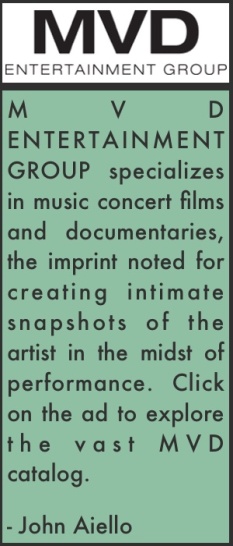Elinor Frey Continues Her Ascent
FIORÈ: Complete Cello Sonatas & 17th C. Italian Arias. Elinor Frey. In Perfomance With Suzie LeBlanc; Lorenzo Ghielmi; and Esteban La Rotta. Passacaille Records.

Album cover courtesy of Passacaille Records.
In an earlier review, I described Elinor Frey’s musicianship this way: “These songs are about a life in the light, and Frey’s mastery of the cello allows her to transcend present time and go back: venturing though webs of sky and wind, reconnecting with the vision of the men who first heard a faint creaks of sound in their minds and then somehow wove them into actual panes of music.”
And four years later, in the wake of the release of her new record, Fiorè, nothing has changed. Even though this record is comprised of complete sonatas for cello by the Italian composer Angelo Maria Fiorè, it belongs only to Elinor Frey. In her hands, the possibilities of the Baroque cello are endless. Listen close, and you hear that Frey is not only about the rote mastery of chords. Instead, she infuses the music with emotion and feeling and a true depth of imagination. Suddenly, these centuries-old-pieces leap out at the walls, raw and vital and relevant.
Recorded last summer at the Sanctuary della Beata Vergine delle Grazie in Brenta, Italy, Fiorè includes a full program stunning in tone, breadth and vision. In addition to the Cello Sonatas that Frey identifies as “the essence of musical grace,” the record also features a series of rare Italian opera arias performed by soprano Suzie LeBlanc, with violoncelle concertante. LeBlanc’s voice on this recording is a true thing of beauty, reaching out like hands across the furrowed brows of the sky. Two pieces written for harpsichord bring the record home (performed by harpsichordist Lorenzo Ghielmi and theorbist Esteban La Rotta).
Every cut resonates with something broad and biting, but these stand as transcendental: “Sinfonia in B-Flat Major” by Fiorè; “Cello Sonata in G Major” by Fiorè; “Allemande in D Major” by Monza; and the beautifully tormented “Amar e non mirar” by Sabadini. The emotional plane both “Sonata in G Major” and “Amar e non mirar” carry you to is awe-striking, separating frame from flame until only the lyrical essence of fire remains.
When I reviewed Frey’s La Voce del Violoncello in 2013, I did not think she could ever top herself. That record was so good and so daring that I thought she might have peaked as a player. But in the wake of hearing Fiorè I see that thought was utterly unfounded, a thought completely disconnected from reality. Listen close now and you will hear Fiorè prove just as daring, its interpretations just as edgy and original. One tour through these pieces and you will realize that Elinor Frey is evolving into a legendary cellist with this unmistakable sound all her own.
Track Listing
1. Angelo Maria Fiorè (1660-1723) Cello Sonata in G Major (6’23)
2. Marc’Antonio Ziani (ca. 1653-1715): Chi serve al dio d’amor (4’20)
3. Carlo Monza (1680-1739): Allemande-Double in C Minor (5’33)
4. Angelo Maria Fiorè: Sinfonia for Cello and Harpsichord in C Major (4’51)
5. Anonymous: Amo il regno et amo il figlio (4’32)
6. Angelo Maria Fiorè: Trattenimento da camera, op. 1, no. 11 in G Minor (3’57)
7. Angelo Maria Fiorè: Cello Sonata in G Major (5’00)
8. Paolo Magni (1650-1737): È caro il tormento soave il dolor (4’11)
9. Angelo Maria Fiorè: Cello Sonata in A Major (2’53)
10. Carlo Monza: Allemande in D Major (4’10)
11. Angelo Maria Fiorè: Trattenimento da camera, op. 1, no. 12 in D Minor (6’21)
12. Francesco Ballarotti (1660-1712): Stelle averse in cielo armatevi (2’33)
13. Carlo Francesco Pollarolo (1653-1723): Per godervi ò labra amate (2’40)
14. Angelo Maria Fiorè: Trattenimento da camera, op. 1, no. 13 in C Major (6’02)
15. Fiorè: Sinfonia for Cello and BC in B-flat Major (5’59)
16. Bernardo Sabadini (16??-1718): Amar e non mirar (4’09)
17. Angelo Maria Fiorè: Trattenimento da camera Op. 1 No. 14 in C Minor

